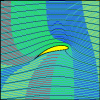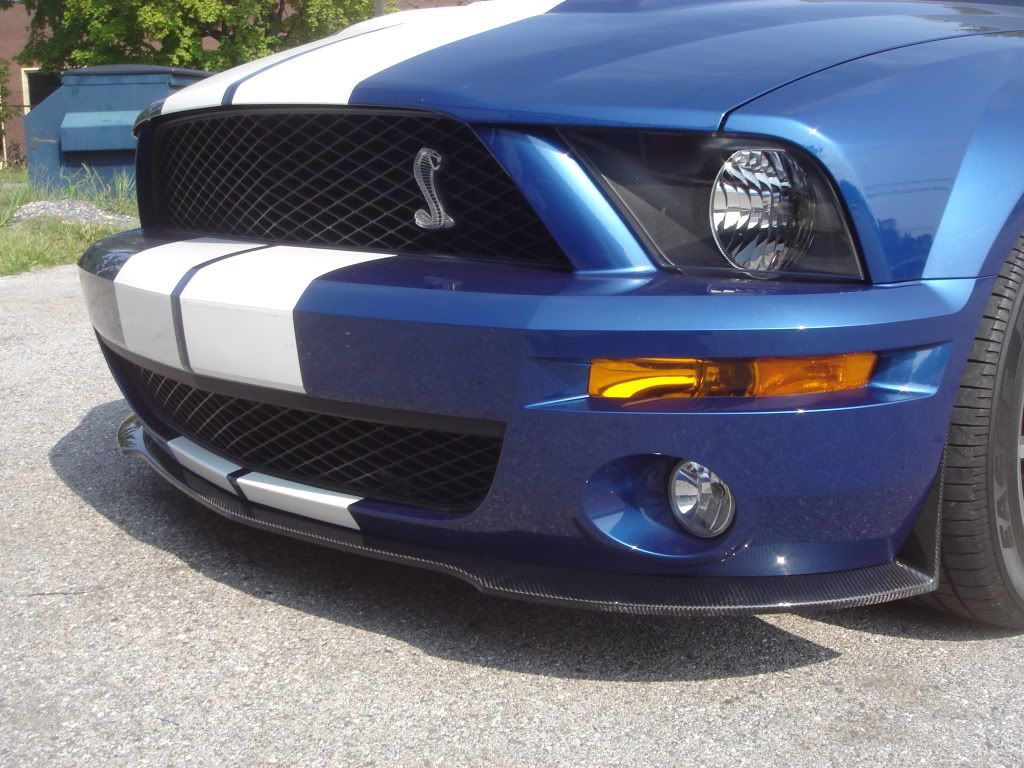Unfortunately, I have no up-to-date pics in the moment. Only a few which are about 3 weeks old.
What you can see there is the modified rear hood attachement to make room for the diffuser.
The diffuser itself is made from aluminium plates. The top is formed after an airfoil, calculated with a little program to fit in the available space. The aluminium plates are currently being laser-cut and hopefully ready the next days.
The diffuser starts close behind the lower suspension arm and goes from there up to the bottom edge of the rear hood. It will be mounted with a brace at this diagonal bar, going up from the hood mount.
To stabilize the outer plates, we currently plan to simply mount an aluminium bar to the bottom of the diffuser and fix it somwhere in the middle. When the diffuser works good, I will think about something less ugly
The middle section under th gearbox and the opening under the engine will be covered with a removable aluminium plate.
What you can see there is the modified rear hood attachement to make room for the diffuser.
The diffuser itself is made from aluminium plates. The top is formed after an airfoil, calculated with a little program to fit in the available space. The aluminium plates are currently being laser-cut and hopefully ready the next days.
The diffuser starts close behind the lower suspension arm and goes from there up to the bottom edge of the rear hood. It will be mounted with a brace at this diagonal bar, going up from the hood mount.
To stabilize the outer plates, we currently plan to simply mount an aluminium bar to the bottom of the diffuser and fix it somwhere in the middle. When the diffuser works good, I will think about something less ugly
The middle section under th gearbox and the opening under the engine will be covered with a removable aluminium plate.











